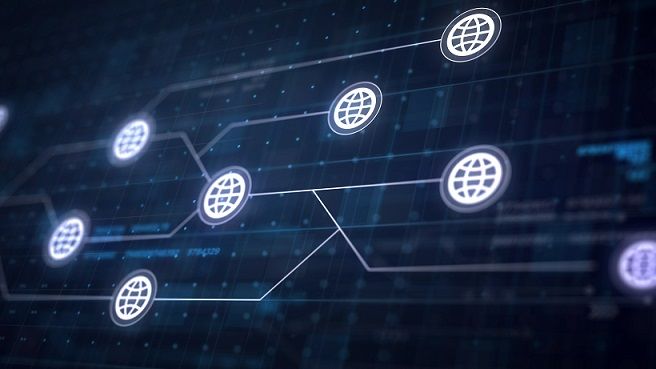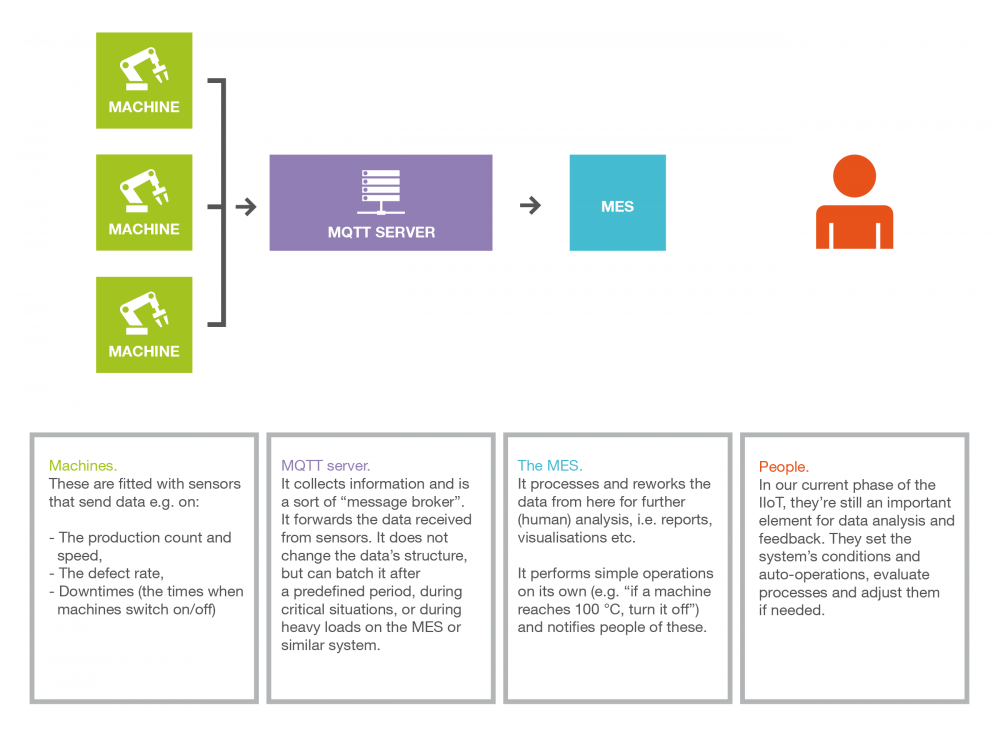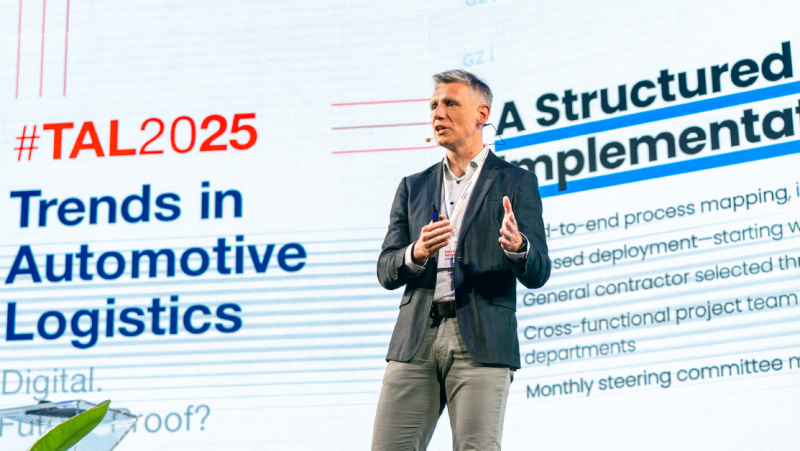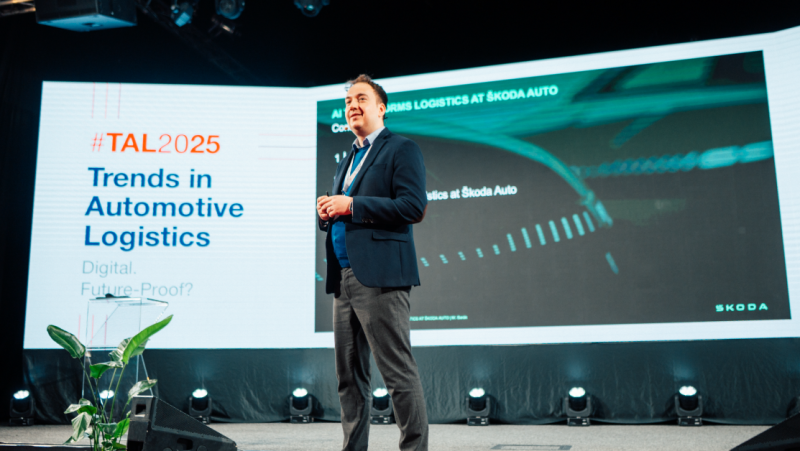From the Internet of People to the Internet of Things
- Trends
- Article
Before machines were first connected via wires or airwaves, they were connected by people. People were a sort of phase-zero Internet of things (IoT), ensuring machines were connected and weren’t overheated. If a machine was near a critical temperature, they turned it off. Today we’re further along. Checks and follow-ups can be automatic; people can work on more sophisticated tasks. And what’s the future?
The Current State of the IIoT
The concept of the Internet of Things was first described in 1999 in RFID Journal magazine: “If we had computers that knew everything there was to know about things – using data they gathered without any help from us – we would be able to track and count everything, and greatly reduce waste, loss and cost. We would know when things needed replacing, repairing or recalling, and whether they were fresh or past their best”.[1]
Nearly 20 years later, we do have such computers, and above all systems. Besides personal and home use, the Internet of Things is also used more and more often in industry, where we speak of the IIoT (Industrial Internet of Things). The MES software we all know can serve as its foundation. A MES collects information from manufacturing machines on their functioning, downtimes, defect rate etc. It can process logical operations on its own based on predefined criteria. It can thus give the order to turn off a machine that’s overheating. However, humans still stand behind any more complex data analyses. Based on evaluations of large amounts of data in context, they give the orders for what should happen next and adjust the criteria for logical operations. Indeed, our thought’s comprehensiveness is something machines cannot (yet) replace. And thus humans are and will remain an important IIoT element.
The IIoT Communications Standard
The MQTT (MQ Telemetry Transport) communication protocol, originally designed by IBM, is seen as one representative of the IIoT and the IoT overall. It is a protocol for transferring messages via a central point – a broker. The MQTT broker – the central message collection and redistribution node – collects data e.g. from a line and sends it to the MES and vice versa. The same machine can, in some cases, both send data to the MQTT and receive data from it (e.g. it sends temperature data and receives shutdown commands).
The messages themselves are not at all structured; the data is only transformed in further systems, e.g. the mentioned MES. The MES can be another pillar of the IIoT. The MQTT data is made human-readable in the MES, and it can also be visualised. A screen above a line showing the plan and a real-time comparison with the items actually produced is thus an output of the IoT – of interconnected devices and machines.
The IIoT’s Future: Machine Learning
Yes, the internet’s future belongs to machines. As artificial intelligence grows, machine learning will grow too. Once humanity develops software as smart as humans, with abstract-learning skills, Machine Learning will develop as well. It will enable machines to learn to react in new situations based on analyses, self-training, observation and experience. This kind of program might not automatically turn off the production line if one machine overheats, because it instead notes that the machine is only overheating briefly (e.g. for two minutes) – without damage and with a return to normal temperature. It would only turn it off and call in a human if the machine were to overheat long-term.
As artificial intelligence and machine learning advance, people will move on to more demanding operations. They will cooperate with robots and train them, and mentor them to enable machines to think independently as quickly as possible. This development will also be gradual, and thus none of the job shifts will be instantaneous.
[1] [Kevin Ashton, RFID Journal, 1999]
Share article
Top stories from logistics, production and IT.
Subscribe to Aimtec Insights
By registering, you agree to the processing of your personal data by Aimtec as described in the Privacy policy.
Get top stories and articles
from Logistics, Production and IT.
Subscribe to Aimtec Insights
By registering, you agree to the processing of your personal data by Aimtec as described in the Privacy policy.








